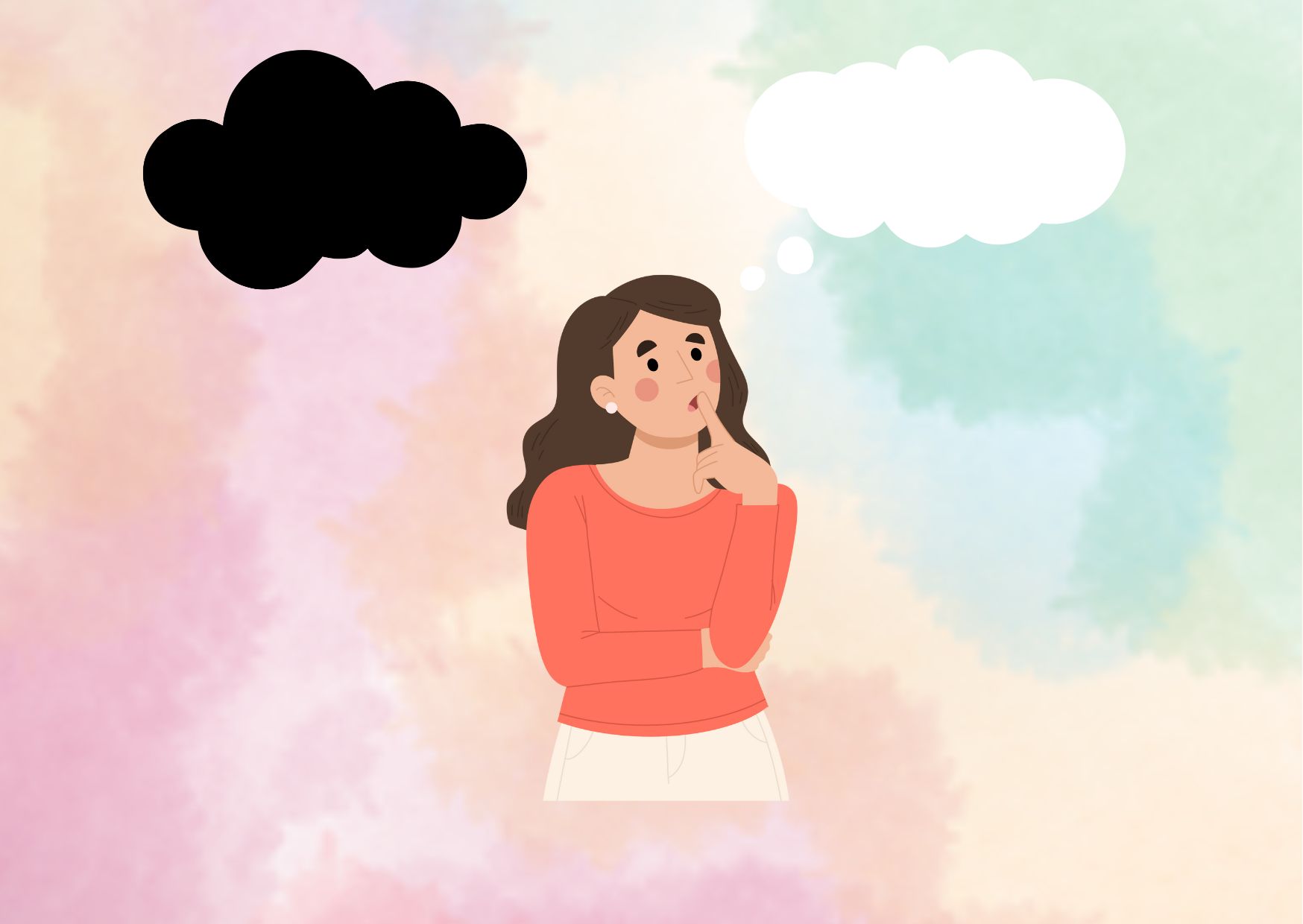The Impact of Black and White Thinking on Your Mental Health
Black and white thinking, also known as dichotomous thinking, has a significant influence on mental health. This cognitive pattern, where individuals see situations in extremes with no middle ground, can shape their worldview and decision-making processes. Understanding the impact of black and white thinking is crucial to recognize its effects on emotional well-being and interpersonal relationships.
This article explores the concept of black and white thinking and its consequences on mental health. It delves into how to identify this thinking pattern in everyday life and provides strategies to overcome it. Additionally, it examines the relationship between black and white thinking and conditions such as autism, borderline personality disorder (BPD), and attention deficit hyperactivity disorder (ADHD). By addressing these topics, readers can gain insights to develop a more balanced mindset and improve their overall mental well-being.
Understanding Black and White Thinking
Definition and characteristics
Black and white thinking, also known as dichotomous thinking or all-or-nothing thinking, is a cognitive distortion that causes individuals to view situations, people, or events in extreme terms. This thought pattern leads people to categorize experiences into only two opposing categories, such as good or bad, success or failure, without acknowledging the existence of middle ground or nuances.
Individuals who engage in black and white thinking often use absolute language like “always” and “never” to describe situations. They tend to see things as either perfect or useless, unable to recognize the spectrum of possibilities between these extremes. This rigid mindset can result in a person shifting between seeing things as entirely good or completely bad, with no room for gradual changes or mixed qualities.
Common examples in daily life
Black and white thinking manifests in various aspects of daily life. For instance, a person might view their performance at work as either a remarkable success or a major failure, based solely on the praise or criticism they receive from others. This extreme perspective can lead to sudden shifts in self-perception and emotional states.
In relationships, black and white thinking can cause significant challenges. A person might initially view a new acquaintance as perfect and superior to all others. However, if that individual disappoints them in any way, they may quickly shift to the opposite extreme, losing all respect or even developing hatred for the formerly idealized person. This pattern makes it difficult to sustain balanced, long-term relationships.
Other examples include:
- Viewing people as either entirely good or bad
- Considering students as either smart or stupid
- Judging life as either a complete success or total failure
- Seeing tasks as either easy or impossible
Psychological basis
Black and white thinking is often associated with various mental health conditions and personality disorders. It is a common symptom in borderline personality disorder (BPD), anxiety, depression, obsessive-compulsive disorder (OCD), and narcissism. This cognitive distortion contributes to emotional and behavioral instability, as well as interpersonal problems.
The psychological basis of black and white thinking lies in its role as an automatic, irrational thought pattern. It simplifies complex realities into manageable extremes, which can provide a sense of certainty in an uncertain world. However, this oversimplification often leads to distorted perceptions and maladaptive behaviors.
By engaging in black and white thinking, individuals miss the diversity and nuance present in the world around them and within themselves. This limited perspective can result in difficulties with self-image, relationships, and decision-making. It may also lead to perfectionism, fear of trying new things, and negative self-talk, as anything less than perfection is equated with complete failure.
Suggestion for read: 10 Signs of ADHD Paralysis and Strategies for Overcoming It
The Negative Impact on Mental Health
Black and white thinking has a profound effect on mental health, influencing various aspects of an individual’s life. This cognitive distortion can lead to significant challenges in emotional well-being, relationships, and self-perception.
Increased anxiety and depression
Black and white thinking often results in heightened levels of anxiety and depression.

